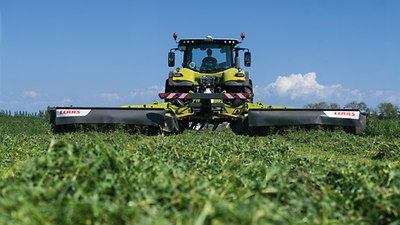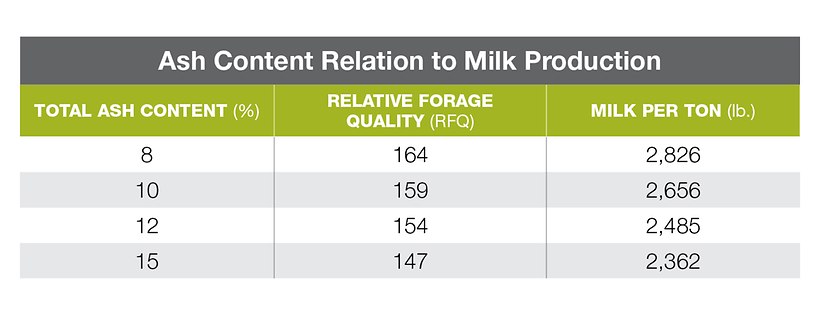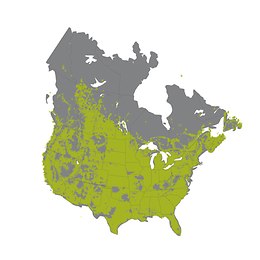


DISCO Mowers: Masters of Forage Quality
You’ve heard the adage, “What you get out, is only as good as what you put in.” Well, this certainly holds true with it comes to forage quality. Good or bad, it has a direct impact on an operation’s bottom line. While most producers can agree on the importance of forage quality, there’s also a gray area of how to best manage it.
CLAAS recommends putting a higher level of concentration on ash content when assessing forage quality and that’s exactly what is applied in the quality build of CLAAS DISCO mowers. Top chop quality, smooth running at high speeds, optimal ground contour coverage and versatility to adapt to any sized operation.
“The total ash content of a producer’s forage can play a critical role in animal performance,” explains Matt Jaynes, CLAAS Product Manager. “Producers should pay attention to ash because it lowers forage intake, reduces digestibility, negatively affects fermentation, and dilutes forage nutritive value.”
What Is Ash Content?
In simplest form, some may call it dirt. Ash is the total mineral (non-organic) content of forage. It can be found inside the plant as well as on the plant’s surface.
Ash from inside the plant is naturally occurring, containing minerals such as calcium, phosphorus, and potassium. Ash detected on the plant’s surface, or external ash is commonly associated with soil and silica. It also includes calcium, phosphorus, and potassium, but not necessarily in forms the animal can use.
When a crop contains an excess amount of ash, it will reduce milk production in cows. There are only so many pounds of feed a cow can consume per day. Poor quality forage will simply take up space in a cow’s stomach, not delivering nutritional value and making it impossible to increase milk production.
Study Delivers Effects On Milk Production
A joint study released by the University of Minnesota, Penn State, University of Wisconsin–Madison and United States Department of Agriculture (USDA) determined when total ash content increases, the forage quality (RFQ), and milk per ton (lb.) decrease.

A high percentage of ash in forage can be caused by a dry or dusty climate or wet and muddy soil — both conditions, to no surprise, is out of one’s control. However, an excess of total ash can also come from misadjusted equipment.
“CLAAS DISCO mowers are unbeatable,” stated Jaynes. “With a full line of mowers and mower/conditioners ranging from 8.5’ to 35.1’, there is professional-level technology offered across the board. Most importantly, with the MAX CUT cutterbar you get the perfect cut due to the wave design and maximum overlap of the knives which boost the cut surface area.”
Minimizing Ash and Optimizing Your DISCO Mower
High ash content can cause more wear on the harvest chain. It’s vital to the health of your herd to know their exact intake and forage quality can make a significant difference in animal performance. To get the most from your machine and to effectively minimize ash content in forage, CLAAS recommends taking a closer look at machine setup, adjustments, and harvest time.
Cutting height is key
The lower the cut, the higher the chances to have soil in the forage. While increased cutting height will result in decreased yield, it will lower ash content and improve forage quality. Where is the sweet spot? 2½–3 inches for alfalfa and 3–4 inches for grass. It’s important to avoid harvesting lodged forage.
Check your cutter bar angle
The cutter bar setting affects the amount of dirt drawn into the crop. Adjust the cutter bar angle between 0 and 4 degrees tipped down. It’s critical to not go beyond 4 degrees.
Maintain proper field conditions
Fields should be well prepared and smooth at planting. Try not to plant alfalfa in the same direction as the mowing direction as the mowed stems will fall between the stubble. Roll the alfalfa field in the spring to smooth out the frost movement (or rutting from harvest the year before). Do not mow too close to field edges, ditches or waterways. Turn slow on headlands. Tires should not lift dirt or scuff the ground when mowing, merging, or chopping.
Reduce PTO speed
If weather conditions are dry and dusty, you’ll want to reduce your mowing power takeoff (PTO) speed. Higher disc speeds create more wind, causing dust to be lifted in the air.
Consider floatation
Set mowers to have less than 500 pounds on the ground. A good rule of thumb is you should be able to deadlift the ends of each mower. When going over a bump, the mowers should hover a little higher than normal for 3 to 5 feet after the bump. If recent rainfall has brought on muddy conditions, it’s especially important to set the flotation to lightweight so the mower deters the mud. Different ground speeds can have significant effects on floatation.
Pay attention to windrow formation
Ensure the mower tires are not driving on the swath — there’s a fine line between narrow and wide swath to dry-down. Set tires out wide if making wide swaths. Placing a wide swath onto a higher stubble will lower the amount of soil that can accumulate on the bottom of a windrow and increase dry-down.
Contact your CLAAS dealer today and see how the DISCO mower can improve your forage and set you a cut above the rest.
Event calendar
-
DateEvent
-
Jul 25, 2024 - Jul 25, 2024Baltic, SD
-
Aug 27, 2024 - Aug 29, 2024Boone, IA
-
Jul 16, 2024 - Jul 18, 2024Saskatoon, Saskatchewan

















